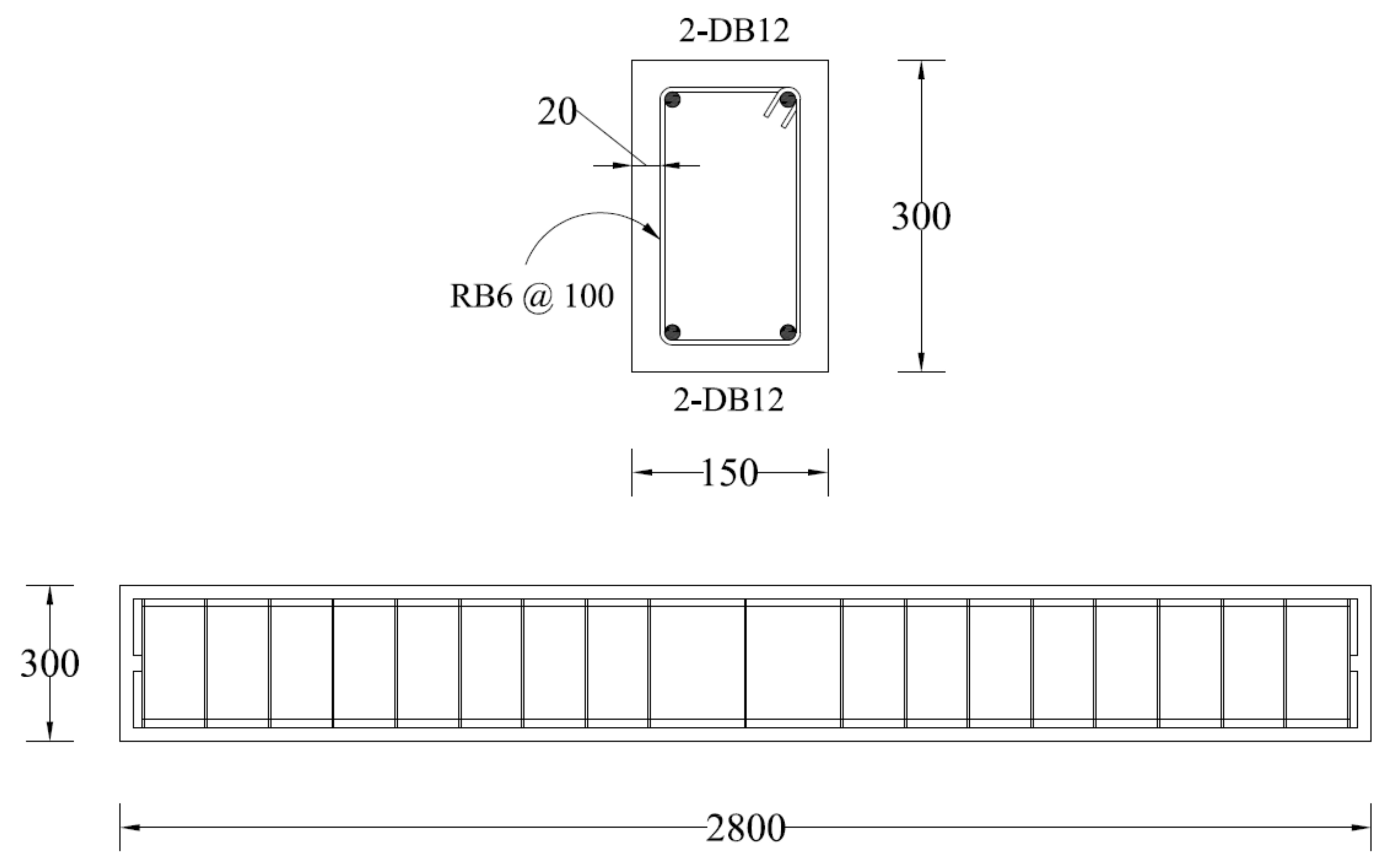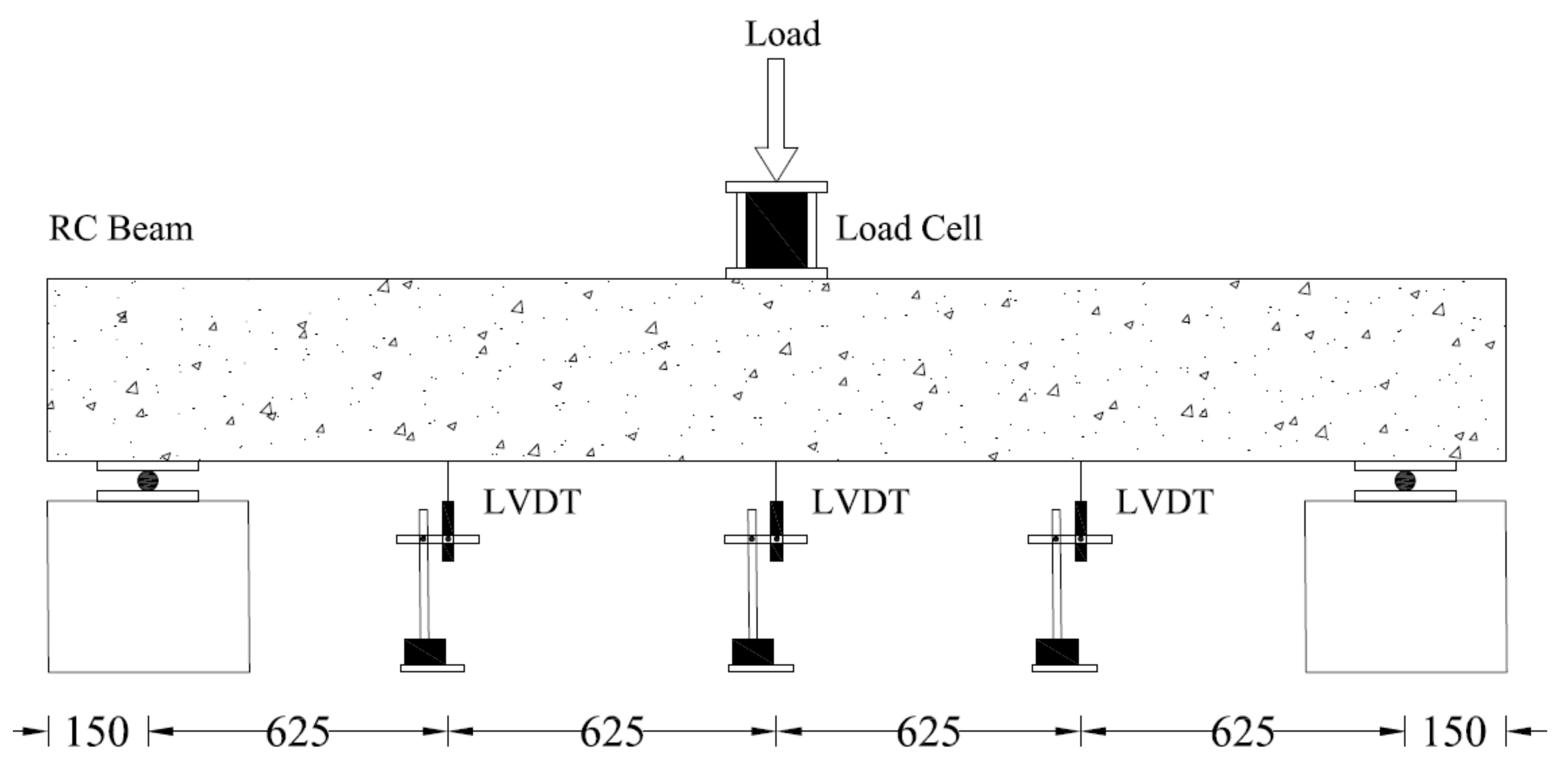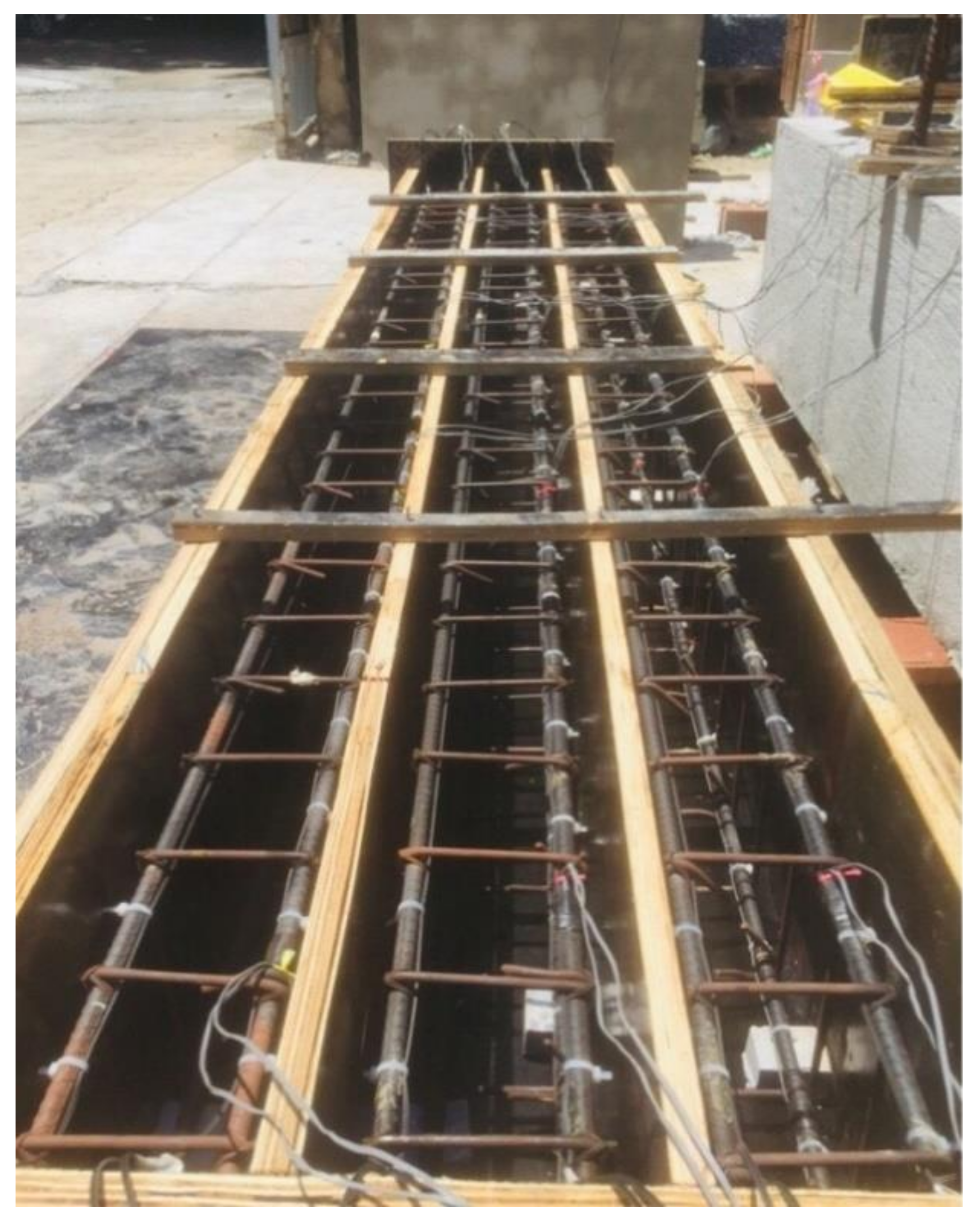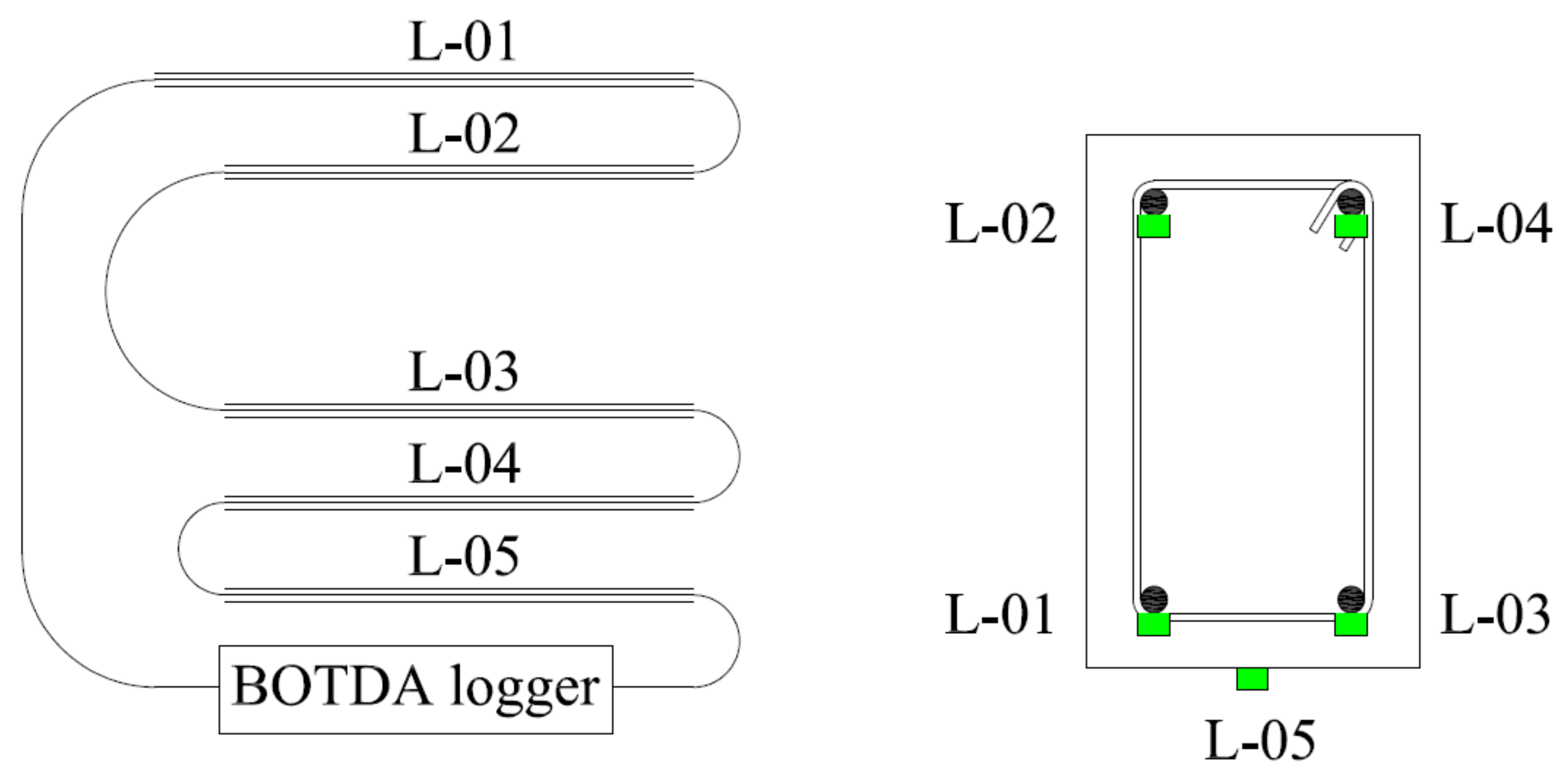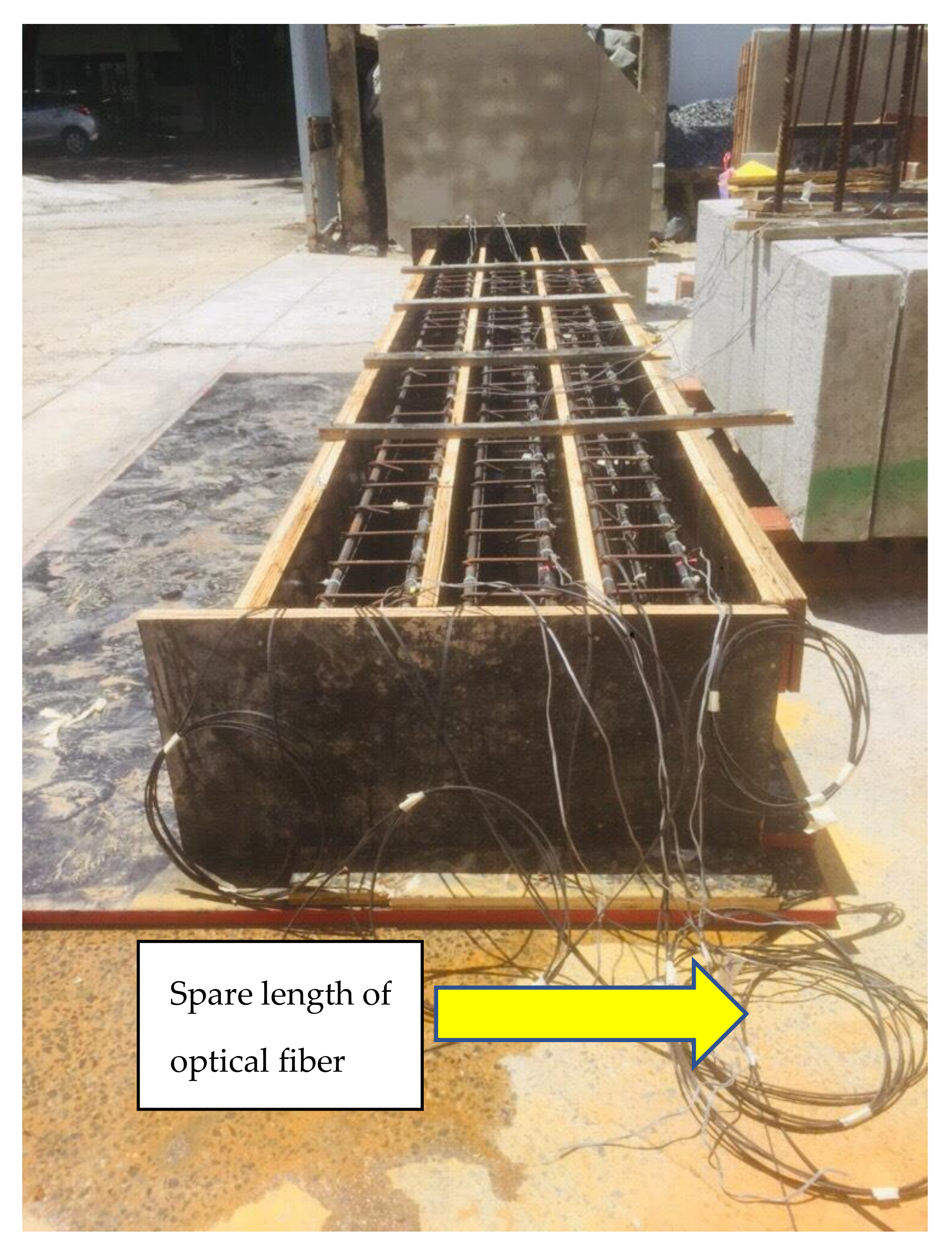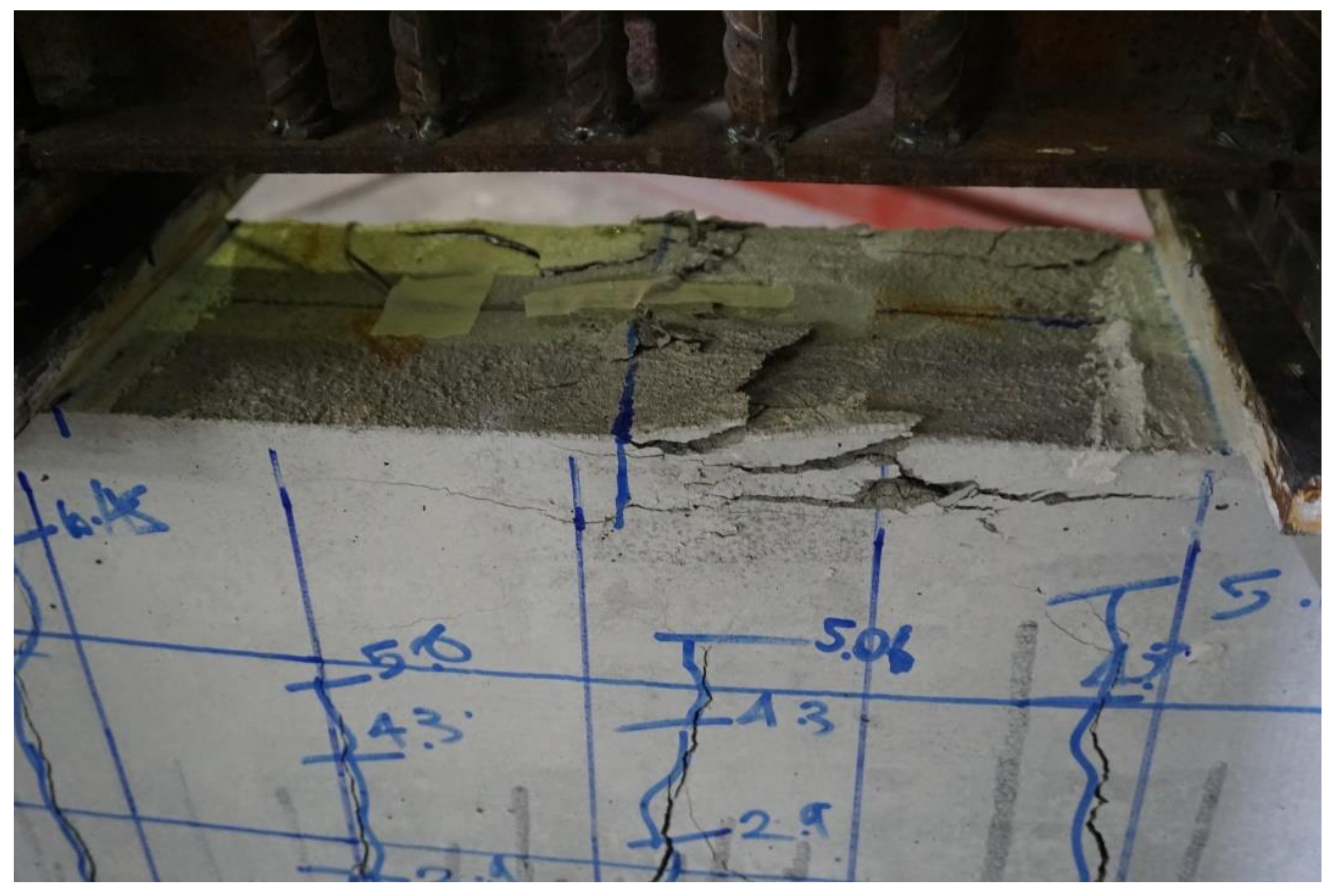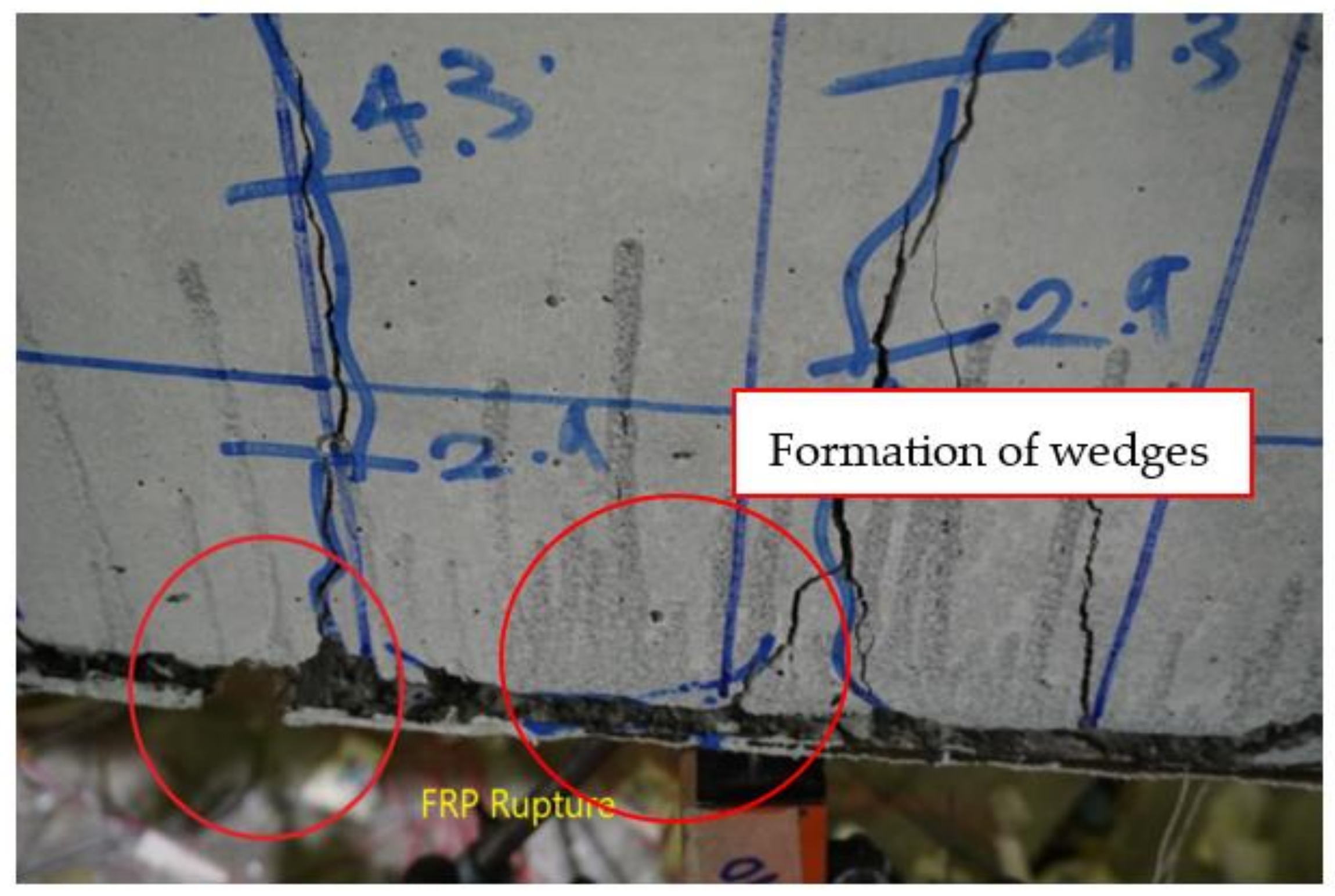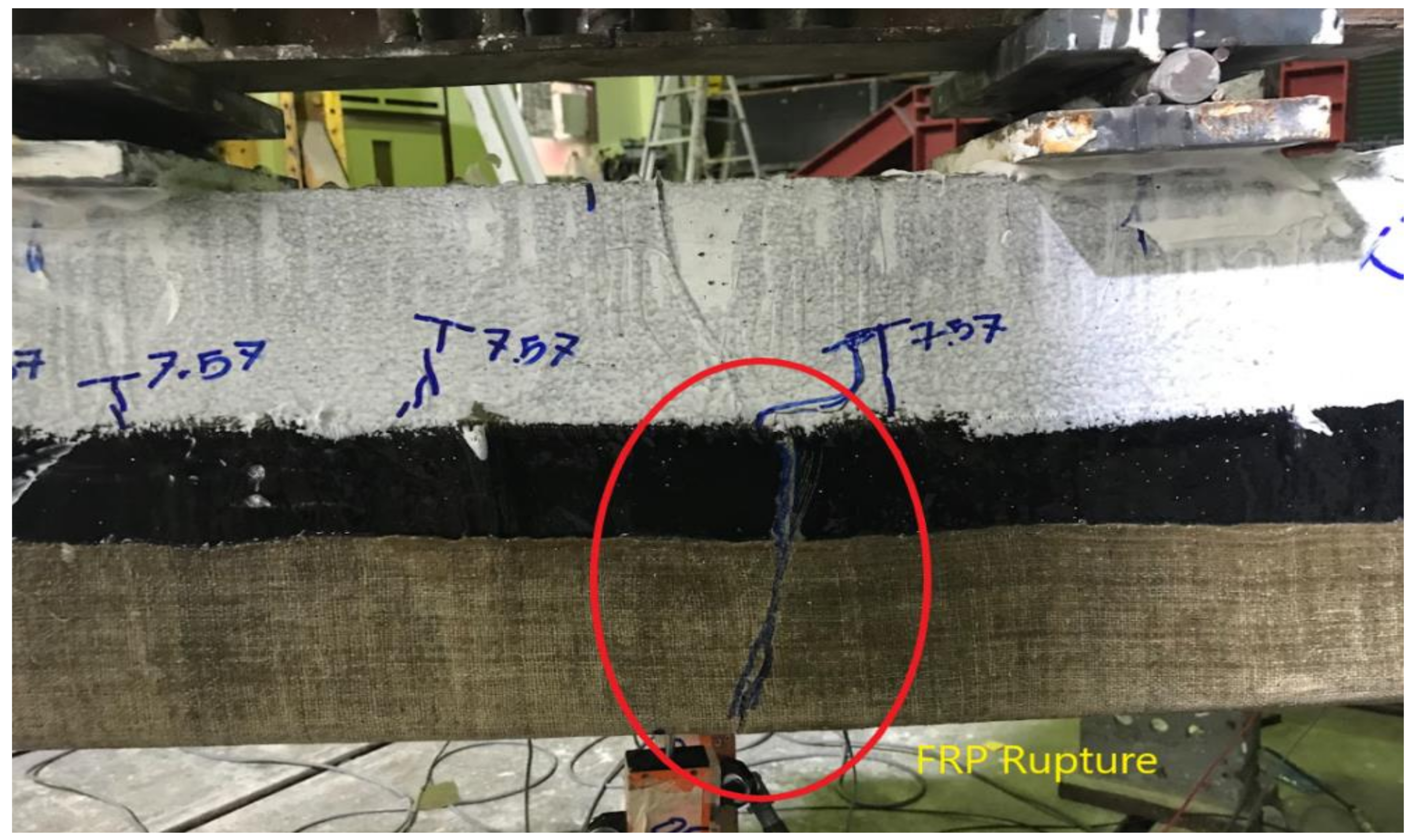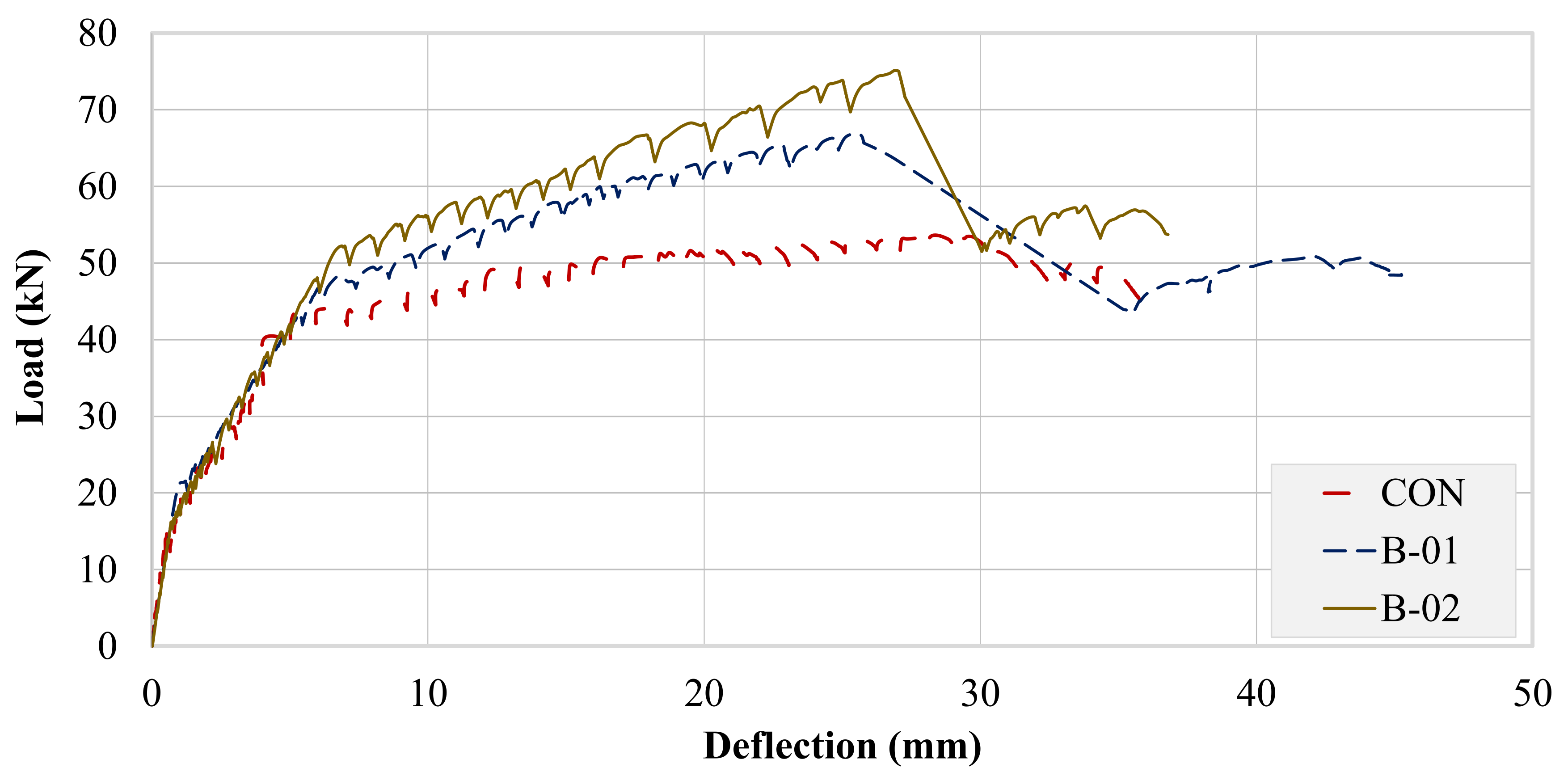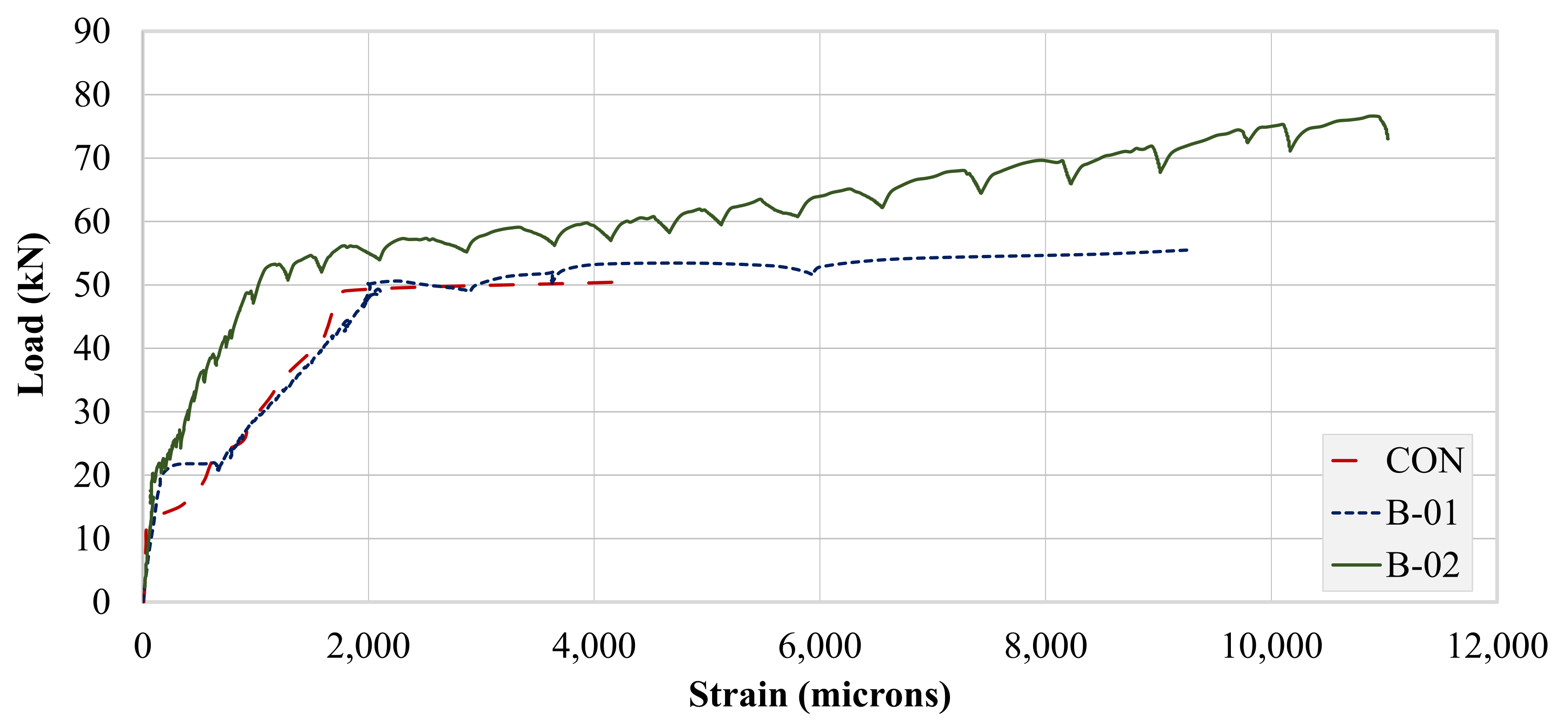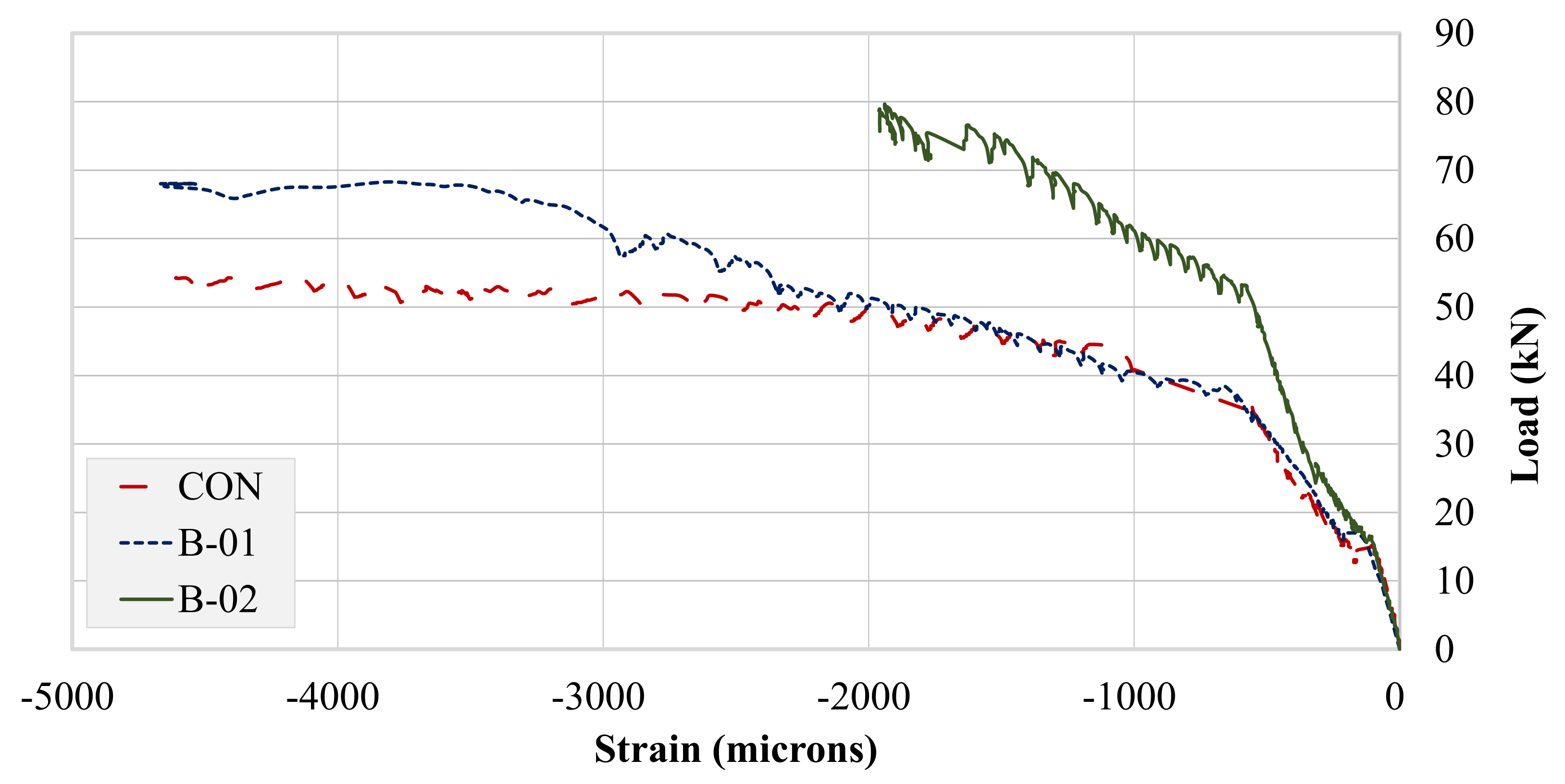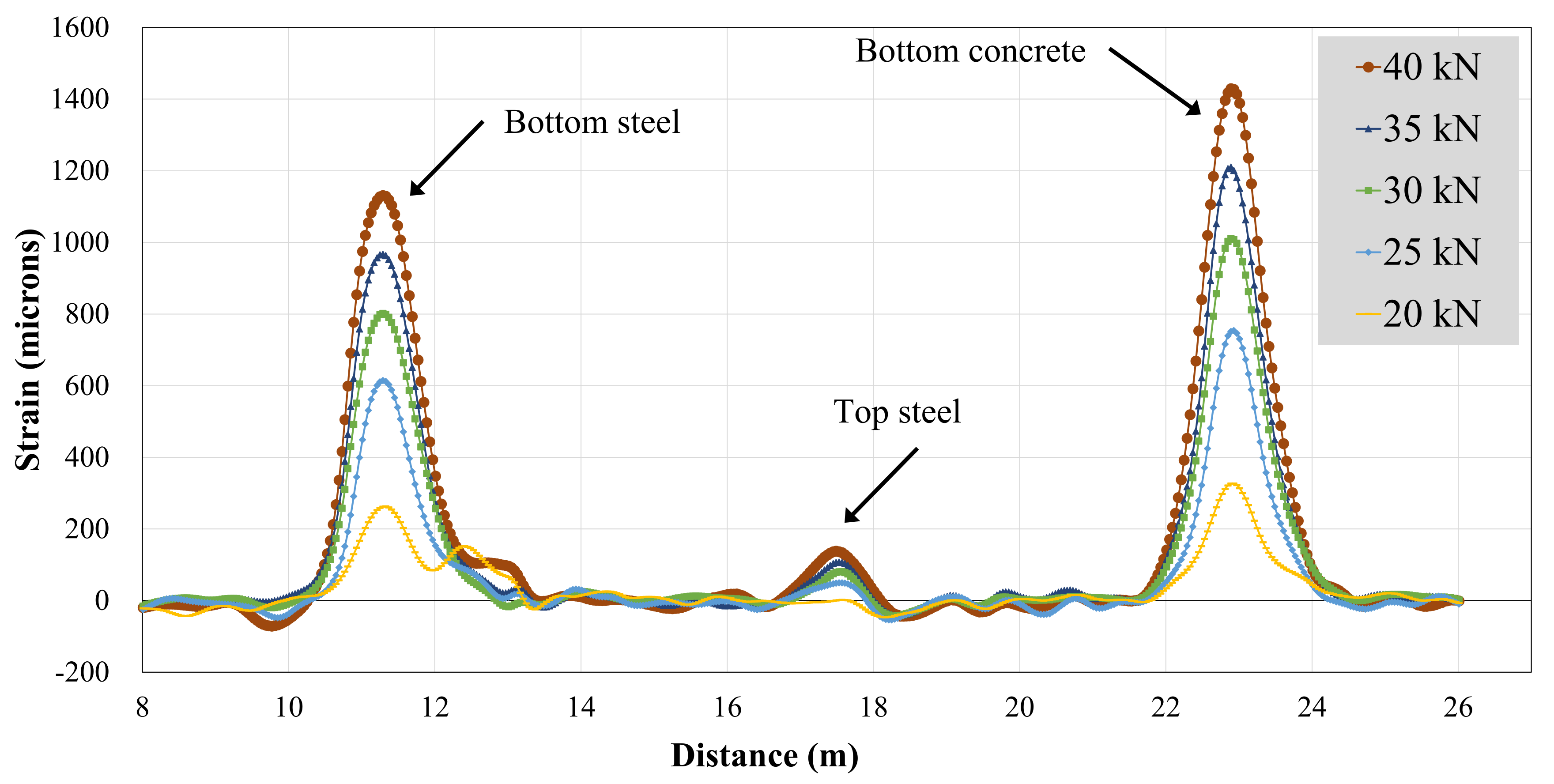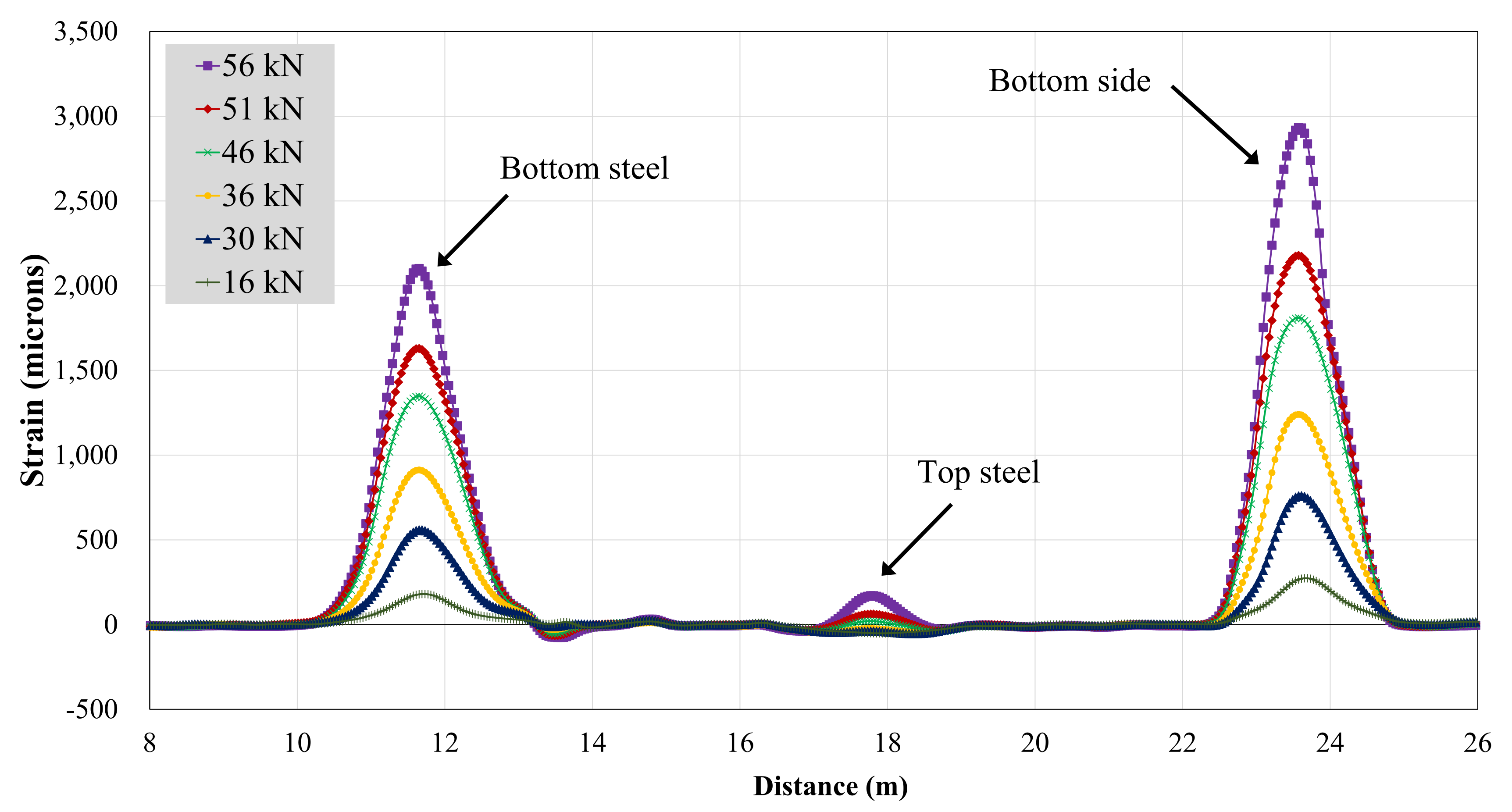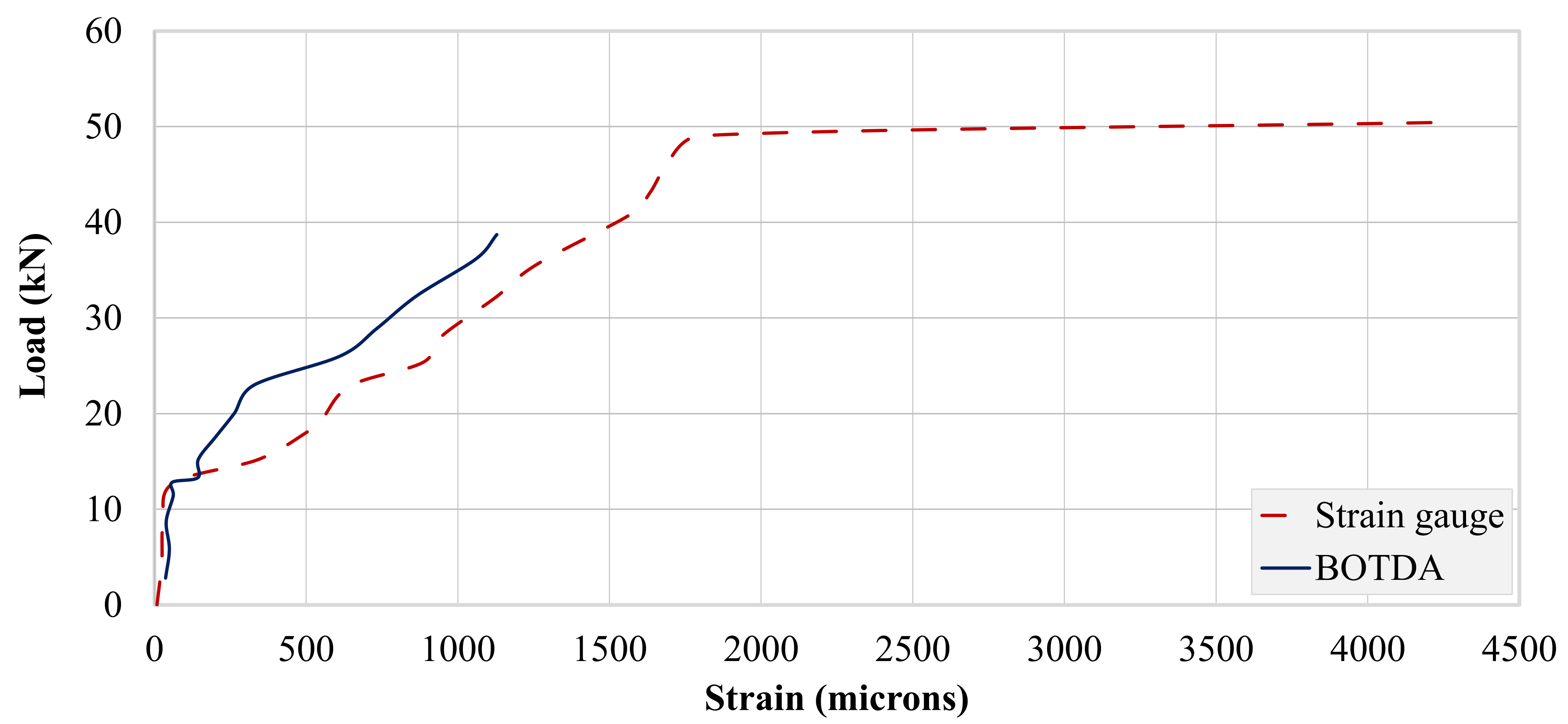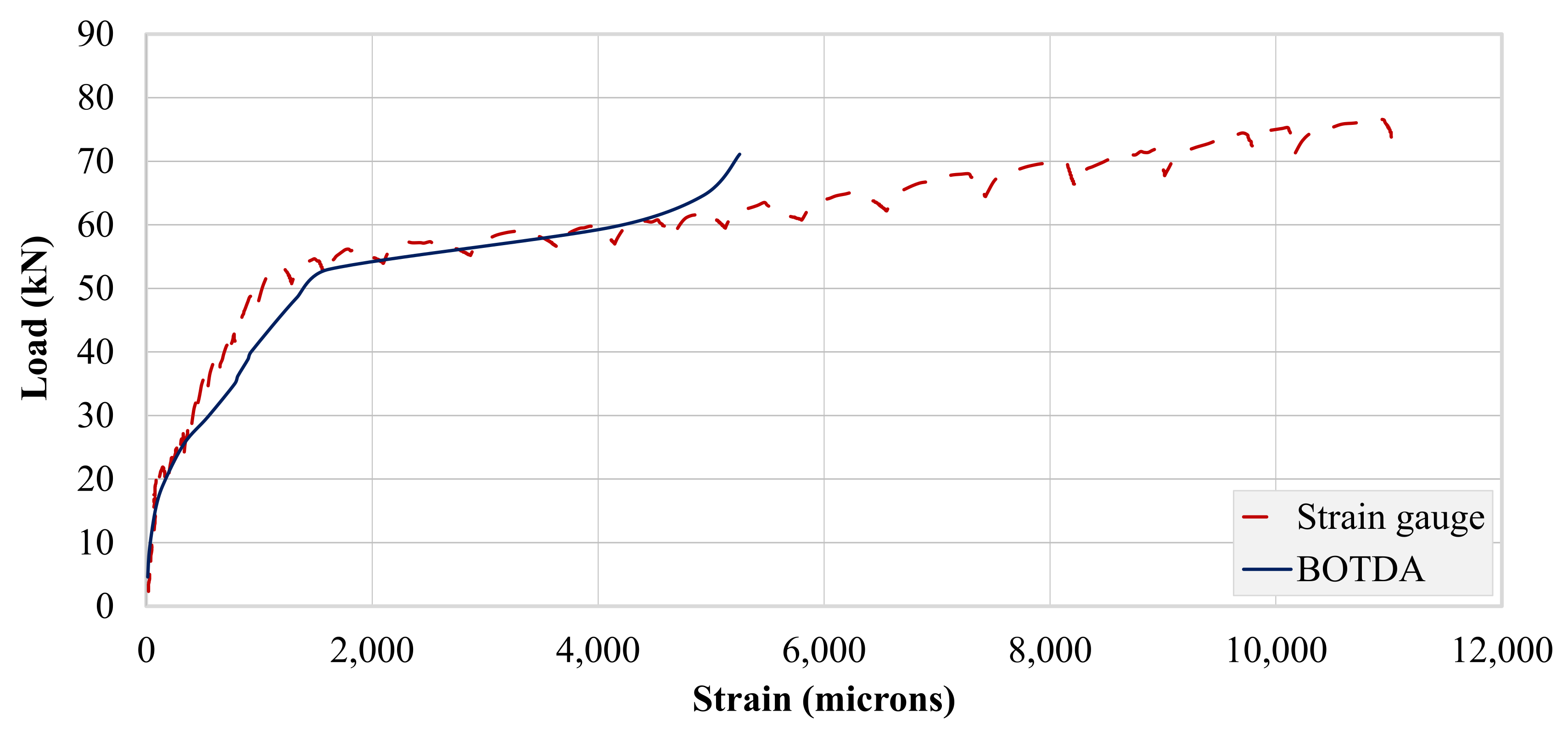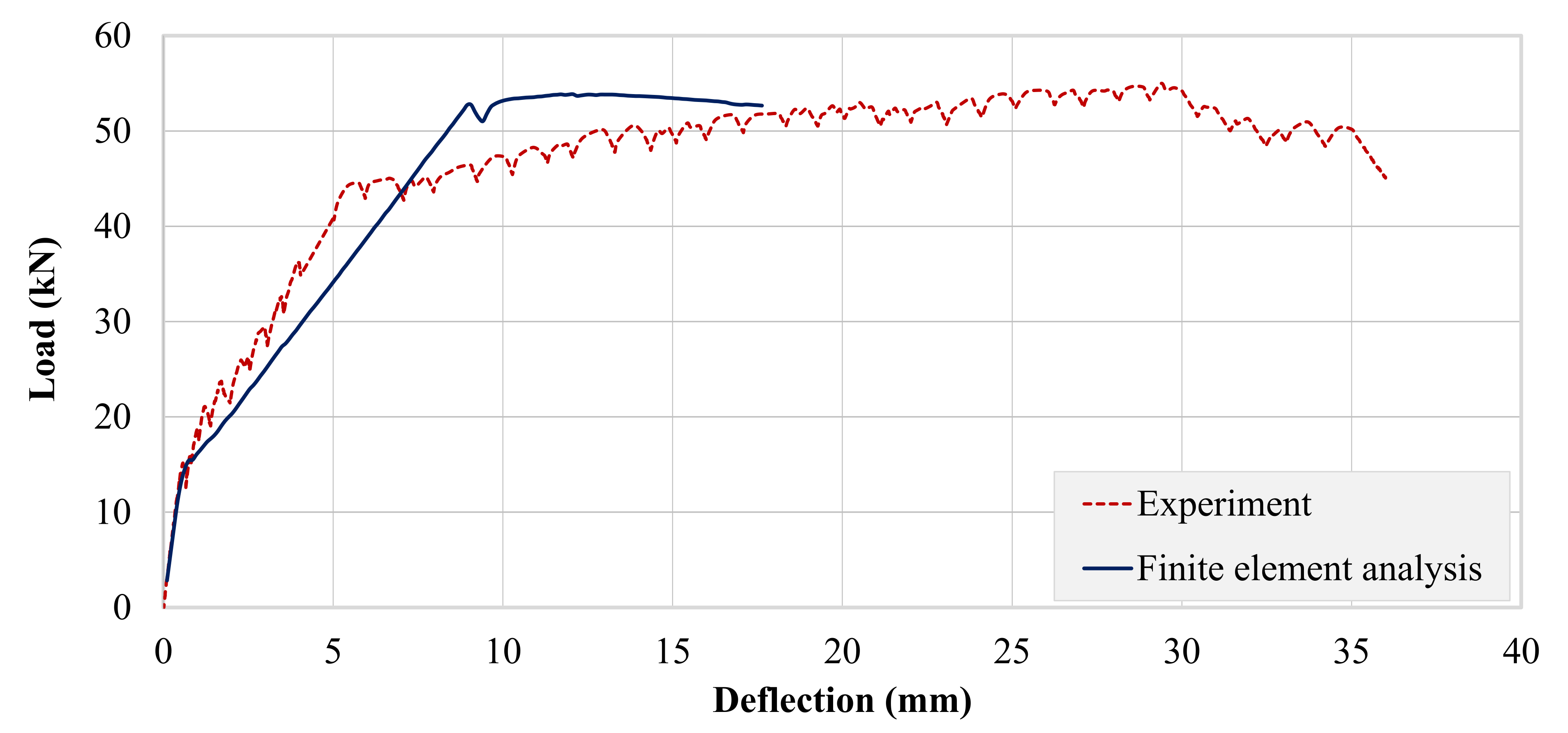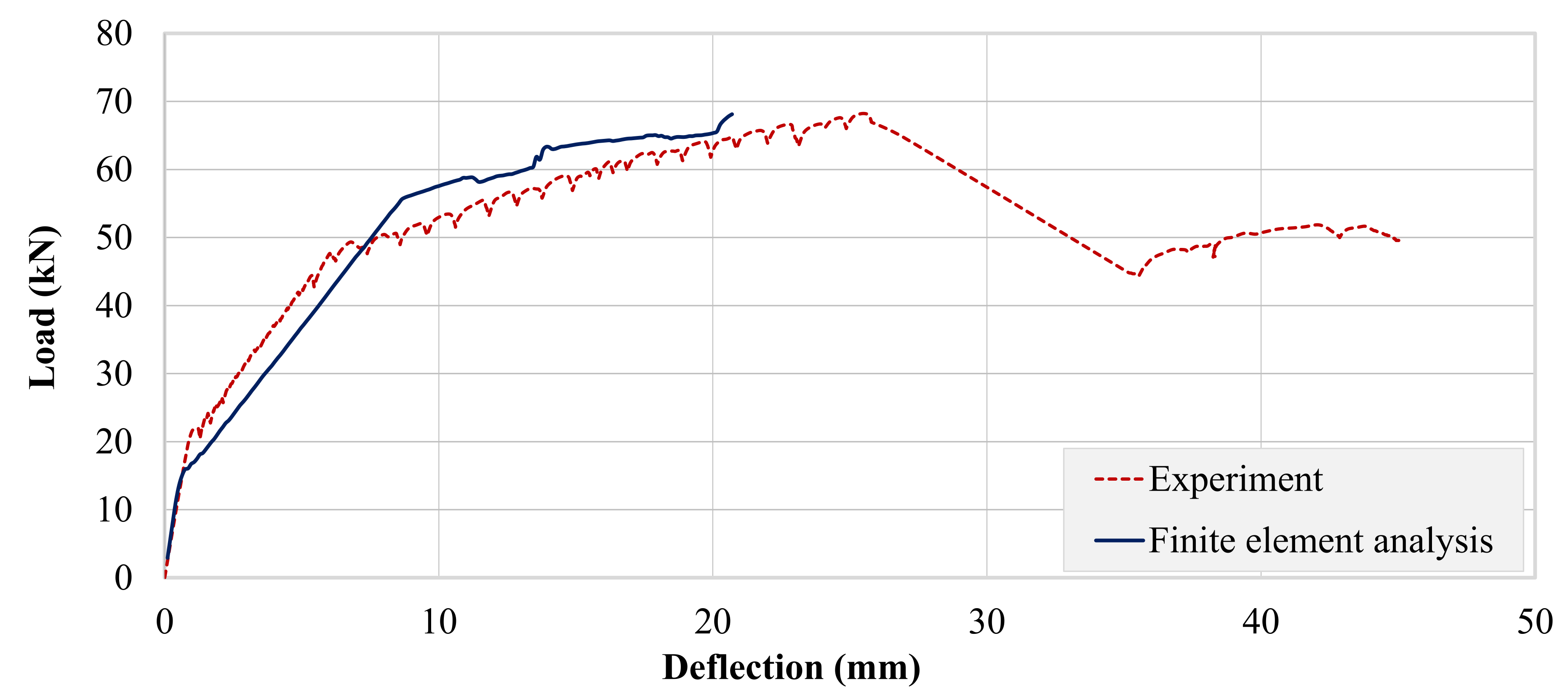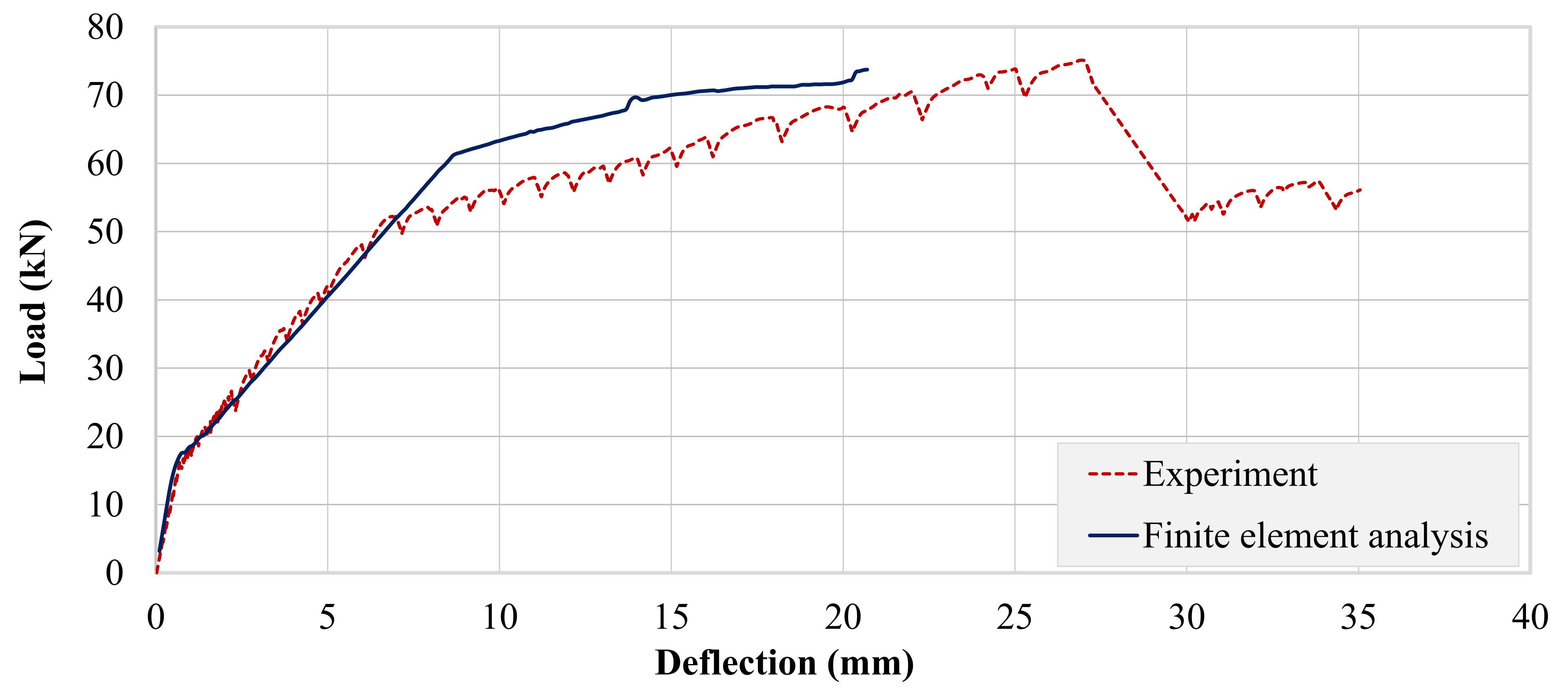1. Introduction
Since the start of human-made constructions, earthquakes have been causing destruction and leaving their mark. To avoid these losses, many researchers around the globe have been proposing different techniques to strengthen the resistance of constructed structures against earthquakes. There are many reasons why it is important to assess and study the performance of structures against earthquakes, as earthquakes are one of the reasons that change the social, political, and cultural fabric of society along with causing massive structural, economic, and human losses. Therefore, with the advent of different structural materials, researchers have been studying the performance of difference materials to determine their endurance against seismic catastrophes by improving the mechanical properties of structures with different strengthening techniques. Around the globe, special attention has been given to improve the performance of structures against earthquakes. Over the previous decades, many research studies have reported a significant number of modifications to the building standards to reduce the associated seismic risks. These efforts to reduce the seismic losses have become more prominent in recent years, which reflect the growing public desire to preserve the built environment against these catastrophes by using different strengthening techniques. In addition to earthquakes, there are also some other factors that lead to the degradation of concrete structures such as temperature and humidity, freeze–thaw cycle, UV irradiation, static/dynamic loading, and other coupling environments [
1,
2]. Therefore, it is imperative to investigate the performance of reinforced concrete beams under different configurations and using sustainable FRP composites to determine how to improve the performance of the concrete structures.
Structural strengthening and the upgradation or repairing of reinforced structures (RC) with different materials have evolved over the years and have become a complex science. This science of strengthening involves the use of different conventional cement-based materials, concrete jacketing [
3,
4,
5], steel jacketing [
6,
7,
8,
9], as well as the use of new composite materials [
10,
11,
12,
13,
14]. Regardless of the experience and experiments, the knowledge gained over the years dictates that concrete deteriorates due to natural causes and different manmade errors. However, the conventional RC and steel jacketing techniques are the cause of the significant increase in the weight of the structures and do not allow its use during strengthening, consequently causing an extra burden of increased costs and arrangements on the foundation of the structures. Further, both the steel and concrete jacketing alter the stiffness of the member with steel jackets being further prone to corrosion [
15,
16]. Therefore, in recent years, the use of Fiber-Reinforced Polymer (FRP) composites has gained much popularity because they do not significantly increase the weight of the structures and are easy to apply, which greatly improve the bearing capacities of the component members and enable the use of structures during strengthening [
17,
18,
19,
20].
Due to the convenience of application and short time required for the application of FRP composites, they are becoming an effective strengthening substitute. The reinforcement of structural members with the help of different FRP composites using different configurations and types has been studied by many researchers. The use of glass and basalt fiber for the strengthening of concrete structures at different temperatures was investigated, and it was found that basalt fiber performed better than glass fiber. Basalt fiber outperformed in flexural strength testing; both the yielding and ultimate strength of the specimen improved up to 27% depending upon the application of the number of layers [
21]. The performance of natural hemp fiber was tested to determine the flexural capacity of the unreinforced masonry walls, and it was inferred from a sensitivity analysis that the flexural capacity and ductility of the masonry structures increased with the reinforced ratio [
22]. Sisal fibers were used for the reinforced cementitious strengthening of masonry structures, and it was reported that with the application of loading, the stiffness effect of mortar between cracks progressively reduced compared with reference masonry structures [
23,
24,
25]. Based on the performance and properties of these different types of fibers, different researchers have studied their impacts and reported their findings. For example, it has been reported that the basalt fibers have better tensile strength as compared with the glass fibers, greater failure strain than the carbon fibers, and good resistance to chemical attack [
26]. Due to these advantages, the use of basalt fibers for the applicability of structural strengthening is more and highly expected. The behavior of hemp and jute fiber is more brittle as compared with basalt fiber, while the basalt fiber has a higher strain failure than jute fiber [
14].
It has been observed that synthetic FRP composites have high strength and low weight and are widely used in building construction. Some of the synthetic FRP composites include carbon, glass, aramid, or basalt fibers, which are externally bonded to increase the stiffness, load carrying, and resistance to environmental corrosion. However, the manufacturing process of these synthetic FRP composites consumes a lot of energy, which poses environmental threats to the eco-system after they are wasted. Therefore, due to the increased recognition of climate change, natural fibers have become an alternative and attractive element of strengthening as compared with the synthetic FRP composite. One of the most compelling benefits of using natural fibers is their sustainability to the environment. Another benefit of the natural fibers is the low cost incurred for their manufacturing process [
27,
28]. The cost-efficiency of the natural fibers has been extensively studied by many researchers. For example, it was stated that the cost efficiency of jute fiber is 20–50% as compared to the glass fiber, which is capable of resisting the tensile load of 100 kN [
29]. Though synthetic FRP composites have the advantage of high tensile strength, they are not environmentally sustainable, which makes them less acceptable as a strengthening element in building construction. On the contrary, the disadvantages of natural fibers include the lower tensile strength, poor durability once exposed to moisture, and large scatter in the material properties. Additionally, there is some uncertainty in the literature regarding the cost-efficiency of the natural fibers, which mostly comprise the cost of the raw material and does not include the manufacturing cost. Additionally, the size effect is neglected because when natural fibers are used in larger quantities for flexural strengthening, they underperform as compared with the synthetic FRP composite. Therefore, it is necessary and imperative to investigate and evaluate the combined performance of synthetic and natural fibers to comprehend their performance in building construction. Different researchers have used different combinations of the hybrid FRP composite such as palm/kenaf, basalt/biocarbon, banana/glass, and wood/glass [
14,
17]. These different combinations help in changing the properties of different composite applications [
30]. Some of the common benefits of using these hybrid FRP composites can be attributed to their reduced costs in production, better chemical resistance, improved mechanical properties, and high thermal stability. However, it is very important to find a balance in the properties of the composite materials in order to attain the required properties of the materials.
In this research study, combined/hybrid FRP composites were used to investigate the performance of beams, as it is evident from the literature that natural fibers are more sustainable but exhibit lower performance in flexural strengthening as compared with synthetic fibers, which are strong in flexural behavior but exhibit brittle failure. Therefore, in this study, the combined behavior of natural fiber (jute) and synthetic fiber (basalt) was studied on beams. Additionally, the performance of the failure behavior of these beams was monitored using two techniques, including conventional strain gauges and Brillouin Optical Time Domain Analysis (BOTDA). Different research studies have revealed that the sensitivity of strain gauges is higher as compared with BODTA, but they are costly and difficult to monitor because of the complexity of data logging. In addition, strain gauges monitor the local failure behavior, while BODTA is used for monitoring global failure behavior. The costs incurred in the BODTA technique are lower than those of the strain gauges.
This study investigated the effectiveness of composite natural jute and basalt fibers in the flexural strengthening of RC beams. This hybrid composite scheme employed the strengths of each fiber to overcome the weaknesses of the other fiber. To the authors’ knowledge, this hybrid scheme has not been employed in the past. Further, the efficiency of optical fiber strain sensing (BOTDA) was assessed with conventional strain gage readings. This paper is organized as follows:
Section 2 describes the experimental program, materials, and methods used in this study.
Section 3 discusses the results and main findings of this research study. Detailed discussion on the results and some of the findings are described in
Section 4. Finally,
Section 4 summarizes the conclusions, and future research directions are also proposed.


